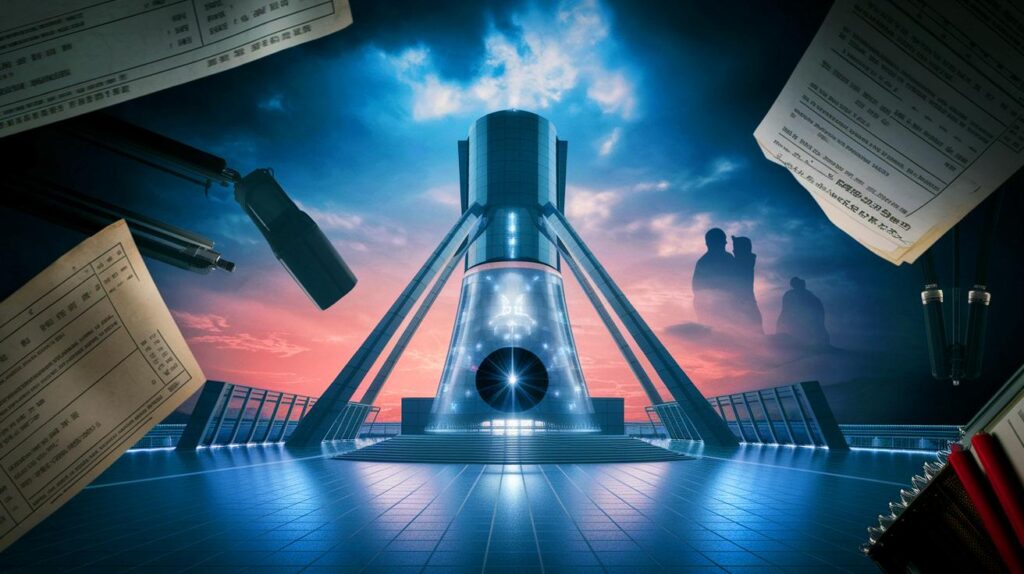| In Brief |
|
In the Gobi Desert, China has made a major leap by inaugurating the world’s first operational thorium reactor. This technological advancement represents a turning point in the pursuit of cleaner and more sustainable energy. By utilizing thorium, a safer and more abundant alternative to uranium, this reactor has the potential to significantly reduce radioactive waste and transform the global energy landscape. This accomplishment comes amidst a backdrop where many countries are seeking to diversify their energy sources to address current environmental challenges.
Thorium: An Energy Revolution in Progress
The development of the thorium reactor in China signifies a significant leap in nuclear energy. Located in the Gobi Desert, this experimental reactor generates 2 megawatts of thermal power using molten salt to transport fuel and manage heat. Thorium, utilized as a radioactive fuel source, offers substantial advantages over traditional uranium. It is abundant in the Earth’s crust and produces less long-lived radioactive waste.
Experts view thorium reactors as a significant breakthrough in energy innovation. Additionally, a rich thorium deposit in Inner Mongolia could theoretically meet China’s energy needs for tens of thousands of years. Xu Hongjie, the project’s chief scientist, stated that China has taken the lead in global development. He compared the international race to a fable, noting that the “hares” of the world may become complacent, providing an opportunity for “tortoises” like China.
Why Thorium Could Transform the Future of Nuclear Energy
Thorium has several advantages over uranium as a nuclear fuel. It is not only more abundant, but it also produces less long-lived radioactive waste. Additionally, its byproducts are less conducive to weapon manufacturing, which diminishes security risks. When used with molten salt technology, the reactor design operates at atmospheric pressure and naturally limits overheating, thus improving overall safety.
These features render thorium reactors appealing in a world searching for clean and secure energy sources. The potential of thorium to transform the energy sector is immense, and China seems determined to exploit this resource to reduce its carbon footprint and ensure long-term energy security.
China’s Progress in Thorium Technology
In the 1960s, American researchers built and tested the first molten salt reactors, but the United States ultimately abandoned the program in favor of uranium-based technology. Xu Hongjie explained that China has capitalized on American research, recreating experiments and developing technology beyond initial expectations. “We mastered every technique available in the documents, then went further,” he stated.
The construction of the current reactor began in 2018, with the team expanding from a few dozen researchers to over 400. Many of them sacrificed vacations and remained on-site for most of the year. The reactor achieved criticality in October 2023, operated at full power in June 2024, and successfully recharged thorium during operation four months later.
Towards Larger Thorium Reactors
Xu Hongjie emphasized that the team chose the most challenging yet significant path by focusing on creating a real solution instead of settling for academic results. “We chose the hardest but right path,” he said. China plans to construct a much larger thorium reactor, expected to achieve criticality by 2030 and generate 10 megawatts of electricity.
Meanwhile, the Chinese shipbuilding industry has revealed plans for thorium-powered container ships that could enable emission-free maritime transport. China aims to have a similar disruptive impact in the global energy market akin to its first hydrogen bomb over 57 years ago.
As China advances in thorium reactor development, one question remains: how far can this technology transform the global energy landscape, and what will be its impact on our energy future?







